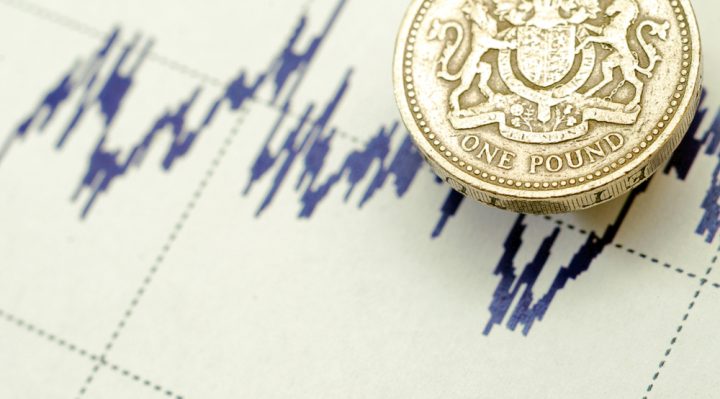
Despite a cost of living crisis which has seen the price of fuel, energy, and food bills soar, the UK economy returned to growth in May.
After registering a decline of 0.2% in April (revised from an initial 0.3% reading), the UK GDP rose 0.5% in May.
According to figures released by the Office for National Statistics on Wednesday, over the three months to May, GDP increased 0.4%. This was far better than the zero growth economists had predicted.
With inflation in the UK at a 40-year high, Brits have endured massive price hikes in the cost of living. The cost of heating homes and filling cars have skyrocketed, whilst doing food shops has become a much more expensive task. Rising inflation will also intensify the squeeze on living standards in the coming months.
Darren Morgan, ONS director for economic statistics, said:
“The economy rebounded in May with growth across all main sectors.
“Health was the biggest driver with many more people seeing GPs, despite test and trace and the vaccination programmes winding down.
“Road hauliers also had a busy month, while travel agencies fared well with pent up demand for summer holidays.
“There was widespread growth across manufacturing after several tough months, while construction also fared well with housebuilding and office refurbishment driving growth.”
Commenting on the market reaction to the surprising UK GDP, Marc Cogliatti, Principal in the Global Capital Markets team at Validus Risk Management, said:
“The UK economy grew by a larger than expected 0.5% in May vs expectations for a gain of just 0.1%. Meanwhile, April’s reading was revised up slightly from -0.3% to -0.2% month on month. The news will help ease some of the concerns about the health of the UK economy, but at this stage, there is still a significant risk of recession as we head into the latter stages of 2022 and beyond.”
“Sterling jumped from $1.1895 to $1.1936 on the news as the markets priced in an increased probability of a 50-basis point hike from the Bank of England when the committee next meets on 4th April. Given recent momentum, it’s hard to be too bullish on sterling in the short term although longer- term, we remain optimistic given the pound is now significantly undervalued on a purchasing power parity metric.”
James Brown, Managing Partner of the London Office at Simon Kucher & Partners, said of today’s surprise economic news:
“This morning’s GDP figures coming in above expectations with the U.K. registering 0.5% growth for the month of May and sterling has jumped on the news.
“The surprise increase after April’s disappointing 0.3% drop comes as welcome news, but the possibility of the UK entering a recession during the second half of 2022 and beyond still looms large. The challenge is further compounded by the substantial margin erosion many UK businesses have been experiencing as a result of heightened inflation and a significant number have delayed raising prices for fear of high-volume losses and damaging their reputation.
“Whether UK businesses respond to a looming recession by raising prices remains to be seen, but it is looking increasingly likely that a meaningful price adjustment will be one of the few tools remaining at their disposal.”
Fiona Cincotta, an analyst at City Index, added:
“Data showed that the UK economic growth slowed to almost a standstill in February, even before the fallout from the Ukraine war had really been felt or reflected in the UK economy. UK GDP rose just 0.1% MoM in February, down from 0.8% in January.
The data underscores the challenges faced by BoE policymakers who are stuck between a rock and a hard place right now. The central bank must decide whether to tame 30-year high inflation, which is expected to keep rising as energy prices surge or whether to stop in its tracks with rate hikes, to keep growth supported, whilst allowing inflation to run wild. However, high inflation and stalling growth bring stagflation fears front and central, hitting demand for the pound.
GDP/USD has fallen below the key psychological level of 1.30, bringing last week’s 2022 low of 1.2980 into focus.
Central bank divergence is a big theme, here as the Fed is looking to act more aggressively to tighten monetary policy over the coming months, with a potential 50 basis point hike in May. “


